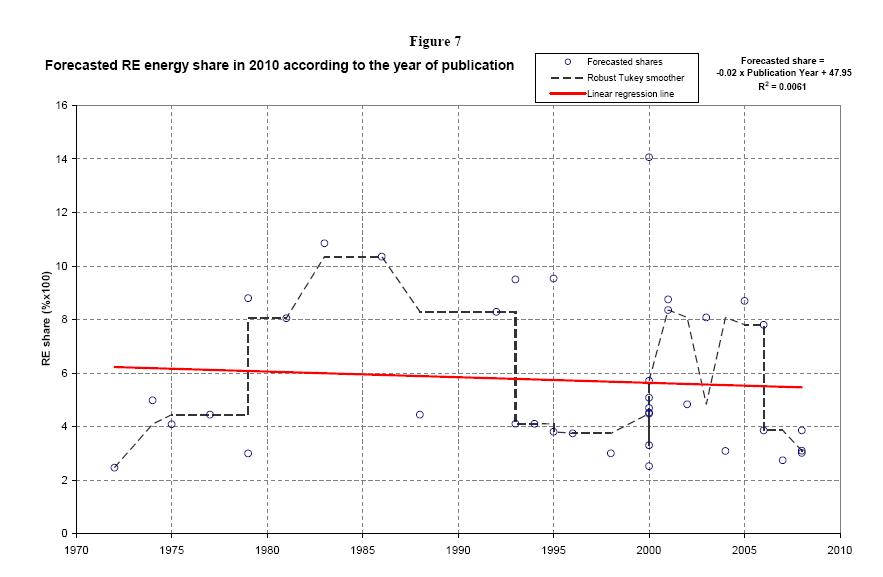This was originally posted on the Huffington Post.
Opponents of climate legislation often claim that now is the wrong time to put a price on carbon, with the economy just emerging from a recession. But a must-read study released today by the well-respected, nonpartisan Peterson Institute for International Economics shows that the reverse is actually true: passing climate legislation would provide the economy with a much-needed shot in the arm.
Trevor Houser and his co-authors use a widely respected economic model to analyze the impact on the U.S. economy of the American Power Act, the energy and climate legislation introduced last week by Senators Kerry and Lieberman. The study estimates that the legislation would spur investment in the electric power sector — in turn adding over 200,000 jobs to the economy during the next decade relative to a “business as usual” scenario without policy. The reason is that when labor and capital are underemployed, as they are now, a policy that spurs new investment in the private sector will create jobs rather than simply taking them from other sectors. This lends quantitative support to the argument I’ve been making for over a year, which is that the fragile state of the U.S. economy strengthens the case for a cap on carbon rather than weakening it.
To understand why this is important, it helps to step back and think about what we know about the link between climate legislation and employment. The usual debates about the job impacts of climate legislation tend to follow parallel tracks that never intersect, with opponents focusing on jobs that might be lost, and proponents focusing on jobs that would be gained — but little analysis of what the net impact would be. So what would that net impact be?
There are a couple of ways to think about this issue, depending on what time frame you are looking at. In the long run, the American economy is likely to gain from taking the lead in the clean energy revolution, just as our economy has always benefited from technological leadership. The world is heading onto a low-carbon path, and huge markets await for the firms that are able to develop and produce new technologies that generate renewable energy and promote energy efficiency. That provides a strong economic argument for a market-based cap on carbon, while will give American firms a powerful incentive to figure out new and better ways of cutting emissions.
What about the short run? In general, the U.S. economy — like any market economy — tends to hover at some natural level of “full employment” that is determined by fundamentals like productivity, technological change, and the size of the labor force. This suggests that the main effect of a price on carbon will not be to change the overall level of employment, but to shift labor (and other resources like capital) away from carbon-intensive sectors and into cleaner sectors. Some sectors win, some sectors lose, but the overall level of employment stays the same.
The key problem with this logic is that we are clearly not in a period of “full employment.” Even though the economy seems to be slowly emerging from the recession, unemployment is still very high. And there is capital sitting on the sidelines as well, held back not only by the recent crisis but also by uncertainty over the strength of the recovery and over the regulatory environment.
When the economy is not in full employment, the picture changes fundamentally. Instead of reallocating resources from one sector to another, a price on carbon could have a positive impact by spurring demand for investment — leading to net job creation, even in the short run.
This is precisely what the Peterson Institute’s study forecasts would happen under the American Power Act. A cap on carbon would create powerful demand for new investment in clean energy, especially in the electricity sector. The Peterson Institute study projects that annual investment in the sector in the next ten years would rise by 50% as a result of the legislation — an increase of nearly $11 billion a year. Precisely because our economy is operating below full employment, the result would be a net job increase of 203,000 jobs over the next decade, relative to the no-policy “business as usual” scenario — even taking into account the effect of higher prices on fossil fuels. This is a small number in percentage terms, but it underscores an important point about the direction of the job impact in the short run — and contradicts claims that climate policy will slow our economic recovery.
This isn’t just theoretical. In a column in the New York Times last month, David Brooks reported that if climate legislation passed, the major electric power company FPL Group would likely invest roughly $3 billion more per year in wind and solar power. Similarly, NRG Energy would triple its new clean generation capacity. That’s the kind of investment that can produce real jobs in the short run.
I’ll have more to say about other conclusions of the Peterson Institute study in coming blog posts. In the meantime, Dave Roberts at Grist has a great take on it along with a summary of the key findings.
UPDATE
I revised this post on 5/27/2010 to correct some potentially confusing language on my part (and to make a few other edits for style and exposition in the process). The Peterson study estimates that the American Power Act would increase average annual employment by 203,000 jobs over the next decade (2011-2020). In other words, according to their analysis, there will be about 200,000 more jobs in each year. My original post said “203,000 jobs per year,” which could be read to suggest that there would be an additional 203,000 jobs added to the economy each year, for a total of 2 million jobs over ten years; that is not what the study finds, and I have revised the post to clarify that point. Meanwhile, for consistency, I also revised the post to cite estimates of investment for the same period (2011-2020) rather than over the whole duration of the study (2011-2030).











